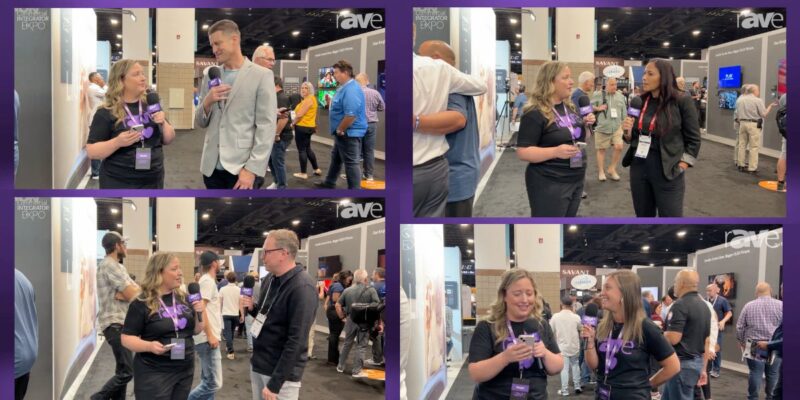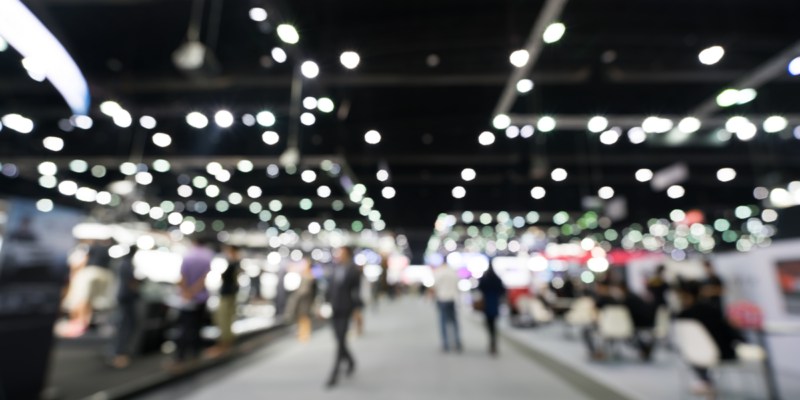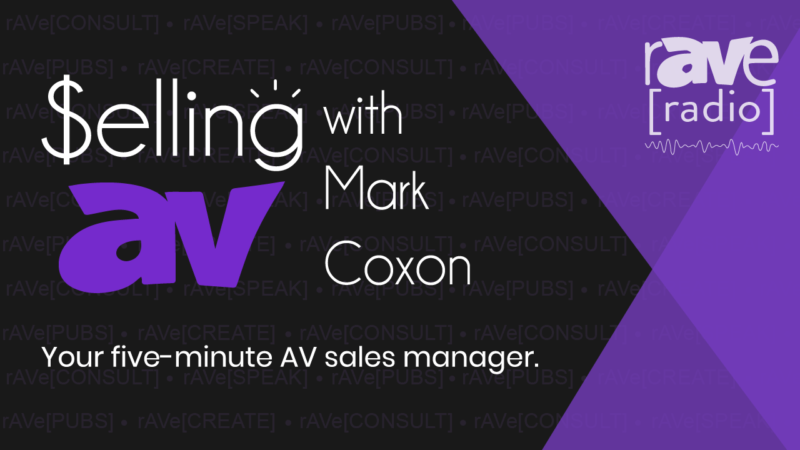Attention and Retention: The Key to Successfull AV at Events
 We’ve all heard the saying that in a digital world, content is king. Some still stand by that saying and in the face of a never ending avalanche of content out there, others have started modifying it to include variations like relevant content is king or context is king. I don’t disagree with any of these assertions. Relevant content given in the right context is extremely important… if someone actually notices it exists. There are a multitude of digital marketing specialists out there that help companies get noticed in the virtual world online. They help with websites, blogs, reputation management and social media.
We’ve all heard the saying that in a digital world, content is king. Some still stand by that saying and in the face of a never ending avalanche of content out there, others have started modifying it to include variations like relevant content is king or context is king. I don’t disagree with any of these assertions. Relevant content given in the right context is extremely important… if someone actually notices it exists. There are a multitude of digital marketing specialists out there that help companies get noticed in the virtual world online. They help with websites, blogs, reputation management and social media.
I’d like to focus on the original social media, the face to face, handshake and personal interaction kind that takes place at a trade show or networking event.
I heard once that the average time a person that walks into a trade show booth stays is 45 seconds. That’s not long and that’s if they walk into the booth at all.
So what are the keys to using technology in a way that maximizes your investment in those events?
Attention and Retention.
Attention
The truth is everyone has a 4″ to 10″ screen in his pocket and can access any content he wants at virtually any time. What is going to make him consume yours? There is no longer such a thing as a captive audience. You need to get people’s attention. Just throwing a flat panel in a booth isn’t going to cut it anymore. Flat panels are everywhere and everyone else will have one too, meaning they will all be tuned out.
Go Big or Stay Home
One way to get attention is to be too big and bright to be ignored. A video wall or large scale projection based system will draw eyes just based on size alone. Now of course the 8 second attention clock in everyone’s head starts ticking after that, so you have to deliver once you get the eyes as well. We’ll talk about that in a minute.
Think Outside the Rectangle
The right angle may be to avoid right angles altogether.
Let’s be honest, the rectangle is boring. Four right angles with a picture floating in the middle? Yawn. We all have one at home. Try creating media in organic shapes, on curved or contoured walls, on the structure of the building. Domes and tunnels invite people to explore and act as portals into your world of possibilities for your clients. If you haven’t heard terms like mediatecture and projection mapping, it’s about time you have.
Retention
What good is it to get someone’s attention only to lose it eight seconds later, or to get three minutes of face time with someone, only to have them forget you ever existed by the time the day is over? You need to focus on retention, both of the initial attention and of your message long after the experience is over.
Tell a Story.
One exhibit that has been shared quite a bit on LinkedIn lately is a booth in which they use a Tesla Type S as a canvas to project upon, transporting it through many different environments. It’s a great show of technology for technology’s sake, but according to at least one commentator, they missed the point. He said “It looks great… now tell a story.” He was right!
It is one thing to exhibit technical know how, it’s another to tell a story using that same technology. Why not show the car driving through a polluted city with exhaust and gasoline usage totaling up as the car goes through it’s typical year. Then one night “lightning” strikes the car, the Tesla symbol is projected on the hood, and the car is mapped with the electricity running through the drive train to the wheels as it drives through pristine air and as a very small electrical recharge bill tallies in the background. Now you’ve not only engaged the eyes, but you told a story without subjecting anyone to death by Power Point.
Create an Experience.
Take Disneyland as an example. Put its roller coasters in Magic Mountain’s park, stripped down to their steel skeletons and they would get very little traffic compared to the thrill based monoliths that already reside there. However, if you can transport riders to another time and place and then tell a story with the ride, you’ll have two-hour waits daily. Create an experience and you’ll get retention on the side.
When I used to work in the visitor center and museum space, the goal was always to create a “place based” experience. By this I mean an experience you can only get by showing up. If you can create an experience like this people will share it. And guess what? If people share it, they’ll remember it. It’s just simple logic. If you read something out loud, you remember it longer. If you share a story you remember the experience more vividly. If you make something shareable, you make it memorable and that is why going viral is not just for online content, but why a place can go viral too. People will come to get the experience despite the content.
Putting together a booth or exhibit that just allows people to surf your website on a touchscreen or sort a picture gallery will not do the trick. If you want to leverage existing content that is fine. But do it differently, and in a way they can only do there. If you have a photo gallery on your website and videos on YouTube, take advantage of them. Maybe create a 3×3 interactive video wall with 8 sections of the picture scrambled up. Allow the user to unscramble the pictures like an old slide lock puzzle and when the puzzle is solved, a video launches detailing the product.
At the end of the day, companies spend a lot on the spaces they buy at trade shows and networking events. We should be leveraging technology in a way that maximizes those investments, by attracting the attention needed to get people into your booth and then making sure you convert that attention into a memorable experience that they take with them when they leave, sharing it with others well after the event is over.





